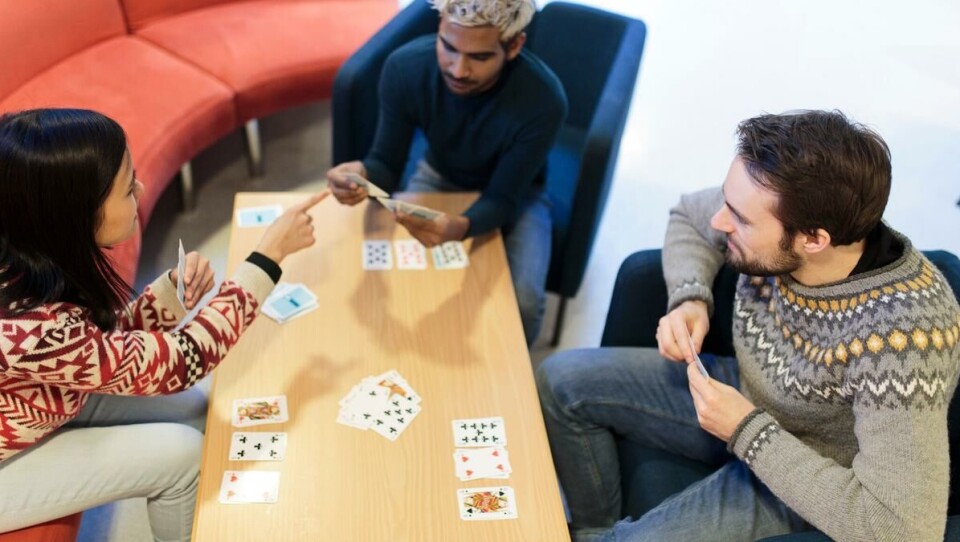
Survey shows little interaction between Norwegians and international students
A recent report shows 80 percent of Norwegian students never or almost never socialize with international students.
The 2017 Studiebarometeret reveals 80 percent of Norwegian students surveyed said they never, or almost never socialize with international students.
The number is significant, considering international students make up 5 percent of the student population in Norway. At the University of Oslo, that number is as high as 15 percent.
The annual Studeibarometeret report is published by the Norwegian Agency for Quality Assurance in Education (NOKUT), with a goal of showing what students and staff think of the quality of their study programs.
Unsurprising statistic
Brandon Pedersen (29) is a master’s student at UiO studying modern international and trans-national history. He is originally from Texas, and has been living in Norway for around six months. The statistic surprised Pedersen a little bit.
«I am used to my main friend group being my program, and 12 of the 18 people here are Norwegian. It is true, though, that they will form their own groups, and talk Norwegian to each other,» Pedersen said.
Pederson does not feel the statistic is very relevant to his studies, where Norwegians and internationals are well integrated. He noted however that he doesn’t know any other Norwegian students outside of his study program.
Language and culture
Many of those spoken to about the statistic felt that Norwegians are reserved, and this could contribute to the statistic being as high as it is. English skills, however, are not a concern in themselves.
Curt Rice, the rector of Oslo Metropolitan University, does not think language is a relevant factor for the divide between Norwegians and international students.
«I think that Norwegian students have just as good English skills as our international students,» he said. Rice thinks Norwegian culture is a more relevant factor, since Norwegians are generally reserved.
Tyler Barrott, a UiO Student Parliament representative from Internationalista, is less inclined to believe culture is a significant factor in this statistic. Barrott personally found the asocial Norwegian stereotype to be misleading and potentially harmful for newcomers. «We should be encouraging, and say that this is a place where you can go and make friends,» he said.
Both Barrott and Rice agree it is natural for people to gravitate toward others who are similar to them. They stress the importance of finding ways to mix the Norwegian and international populations.
Benefits of integration
Many of those interviewed about the statistic said integration between Norwegians and internationals would be beneficial for both parties, socially and academically. Rice thinks one advantage of having increased integration is the chance to develop language skills. He said it could help Norwegians develop their confidence in English.
He stresses the importance of English academically, as it is a requirement in many different educational programs. Oslo Metropolitan University has 22 courses and studies in English. UiO, on the other hand, has 66 different master’s programs in English.
Rice also emphasized the importance of different backgrounds in academia. «The greater breadth of backgrounds you have, the more likely you are to encounter different opinions and perspectives,» he said.
Working to create more interactions
Rice thinks universities should create situations that force interactions between Norwegians and international students. Oslo Metropolitan University for instance has courses containing a mix of Norwegian and international students.
Rice points towards orientation week as another arena to create these kinds of interactions.
«We are thinking of changes. We have international students in different groups than Norwegian students during orientation week. That sets the stage, and we are trying to counter that,» Rice said.
Barrott also believes the orientation week is potentially a great initiative to facilitate socialization between Norwegians and international students.
«We need to create a stronger social environment here on campus. International students do not have a network of friends when they get here. If there is a better social milieu on campus, they can get right in,» Barrott concluded.
































